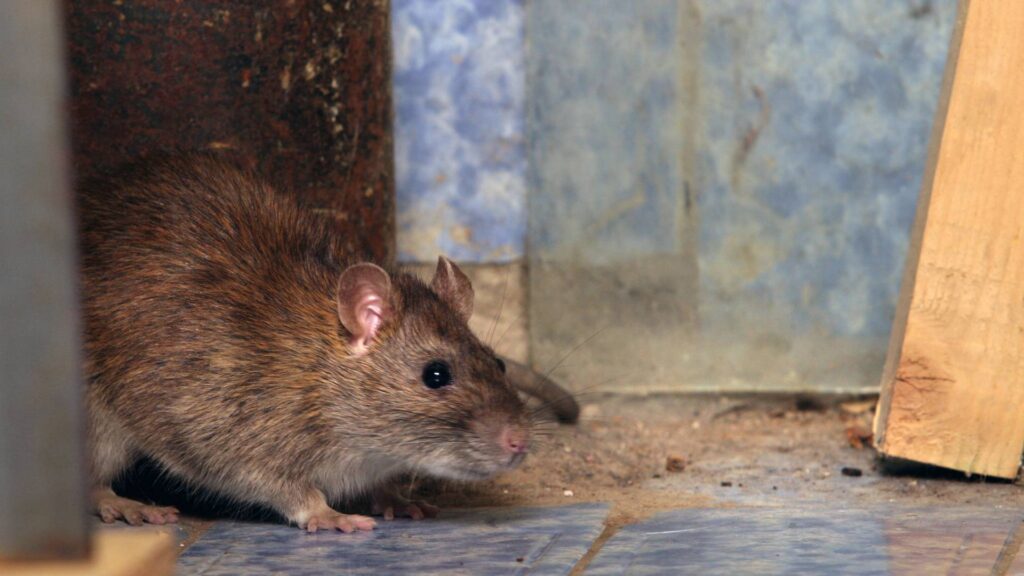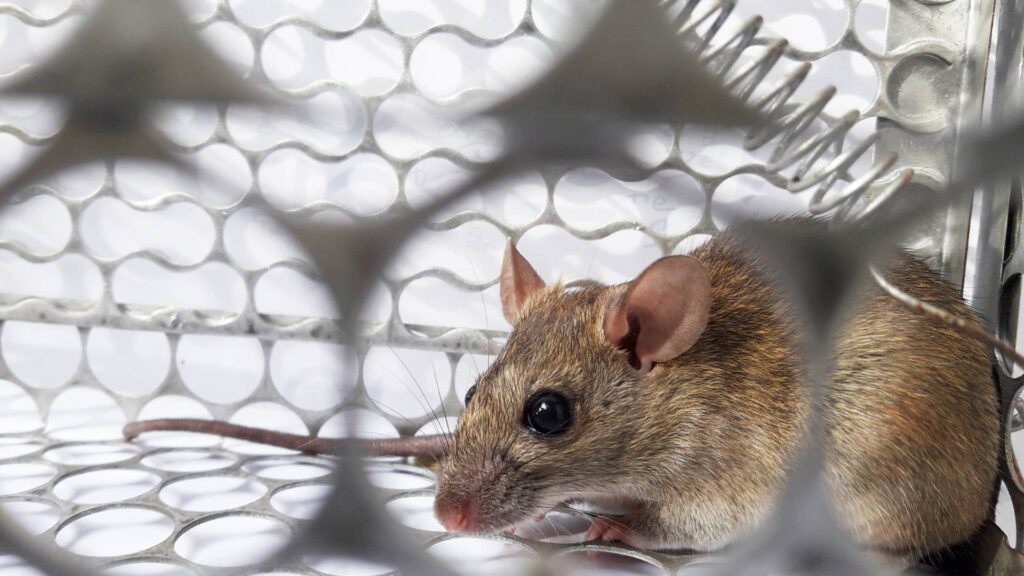Table Of Content
ToggleEver felt like you’re sharing your home with unwanted guests? Yes, we’re talking about rats – those unwelcome intruders that find their way inside through the smallest of openings.
Their ability to invade homes is not just a nuisance but a significant threat to both health and property. From tiny cracks in the foundation to hidden gaps around pipes, understanding the common ways rats enter our homes is key to keeping them out.
By uncovering these entry points, we equip ourselves with the knowledge to protect our spaces effectively, ensuring our homes remain rat-free zones.
Wondering why your home might seem like a paradise to rats? Here’s the lowdown:
Certain conditions can make your home more inviting to these critters:
Ready to rat-proof your space? Start with our top prevention tips
Early detection is key. Here’s what to watch for:

Rats: the uninvited guests that seem to find their way into our homes with frustrating ease. Understanding their entry points and securing our homes against them is crucial. Here’s a breakdown of how these pesky intruders make their way in and what you can do about it.

When it comes to keeping rats at bay, prevention is your best defense. A multi-pronged approach that combines home fortification, stringent sanitation, and, when necessary, professional intervention, can significantly reduce the likelihood of a rat infestation. Understanding and implementing effective strategies to deter these unwelcome guests are crucial steps toward maintaining a secure and healthy living environment. Among these strategies, knowing what to use as bait for mouse traps can enhance your efforts in controlling and eliminating these pests from your premises.
Regular home maintenance is your frontline defense in the battle against rat invasions. Keeping a close eye on potential entry points and ensuring your living space remains clean and clutter-free are key strategies. Here’s how you can keep your defenses up:
Take action now: Inspect, clean, and protect your home from unwanted guests.
There are instances when the expertise of professional pest control services becomes invaluable. If you’re facing a persistent rat problem or want to ensure your home is as secure as possible, it might be time to call in the experts.
In wrapping up, the key to keeping rats from infiltrating your home lies in vigilance and proactive pest control measures. By regularly inspecting your home for potential entry points, maintaining cleanliness, and managing waste effectively, you can create an environment that’s less inviting to rats. Remember, the health risks associated with rat infestations, including the spread of diseases and potential damage to your property, make it paramount to keep your home rat-free.
Let this guide serve as a reminder of the importance of adopting a proactive approach to pest control. Whether through DIY measures or with the help of professional services, ensuring your home remains a fortress against rats not only protects your property but also safeguards the health and well-being of everyone within. Keep vigilant, stay informed, and don’t hesitate to take action at the first sign of a potential rat problem.
What attracts rats to your house is primarily the search for food, water, and shelter. These necessities can lure rats into making your home theirs, especially if they can easily find leftovers, accessible water sources, or cluttered spaces that provide cozy nesting sites. By eliminating these attractants—securing food in tight containers, managing waste properly, and decluttering your home—you can significantly reduce the appeal of your space to these rodents.
The main cause of rats in the house is often a combination of available food sources and easy access. Rats are drawn to environments where they can feed and nest without much disturbance. Homes that offer easy access to food—whether through improperly stored pantry items, pet food, or even garbage—coupled with entry points such as cracks, holes, or unsealed gaps, are particularly inviting to these pests.
Don’t wait for an infestation—seal your home against rats today!
A rat gets into your house by exploiting small openings, cracks in the foundation, gaps around doors and windows, or utility lines that enter the home. Their flexible bodies allow them to squeeze through surprisingly small spaces—any gap wider than a half-inch can serve as a doorway for a rat. Sealing these potential entry points, conducting regular maintenance checks, and employing preventive measures like installing door sweeps and window screens can thwart their attempts to invade your living space.
Your trusted pest control experts in Southern California. Keeping your neighborhood pest-free!